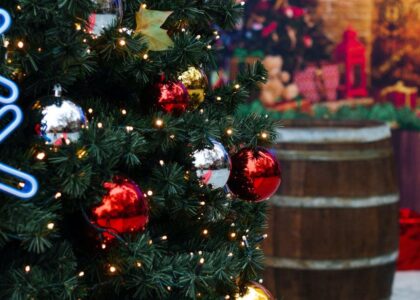Artificial Christmas Trees: The Maintenance Tips You Didn’t Know You Needed
Artificial Christmas trees are primarily made from plastic, which is petroleum-based, so they are harmful to the environment. Due to its dirty life cycle and increased consumption of fossil fuels, PVC poses a particular threat to the environment, making it a point of concern for many environmental groups.
Dioxins are released during the manufacture of PVC. Similarly, they are released during its final disposal via burning or landfilling. Diaoxins may cause developmental disorders, liver damage, and reproductive problems in children. Also, many artificial trees are produced overseas, which has an impact on shipping and packaging.

But can artificial Christmas trees be reused?
Most families use a tree only for a few years – maybe a decade (and sometimes less than that). In some cases, a new style of tree may appear (yes, that does happen!) or they may become worn out over time. They’re then thrown out (it’s really impossible to recycle artificial Christmas trees). The damage to the environment is quite long-term.
Keep calm! If you own an artificial Christmas tree made of PVC, you can minimize your family’s exposure to lead and phthalates.
You should keep your artificial Christmas tree outside or in the garage for some time before bringing it indoors. There is a need to dissipate the smell of plastic (VOCs are bad for indoor air quality).
Handle the tree with gloves and wash your hands before eating and snacking.
Also keep children away from the tree. Have the tree remain just a decoration after it is decorated. Be sure to wash your children’s hands before they eat.
Regularly vacuum with HEPA filters. And that way, chemicals are easily vacuumed up!






Recent Comments